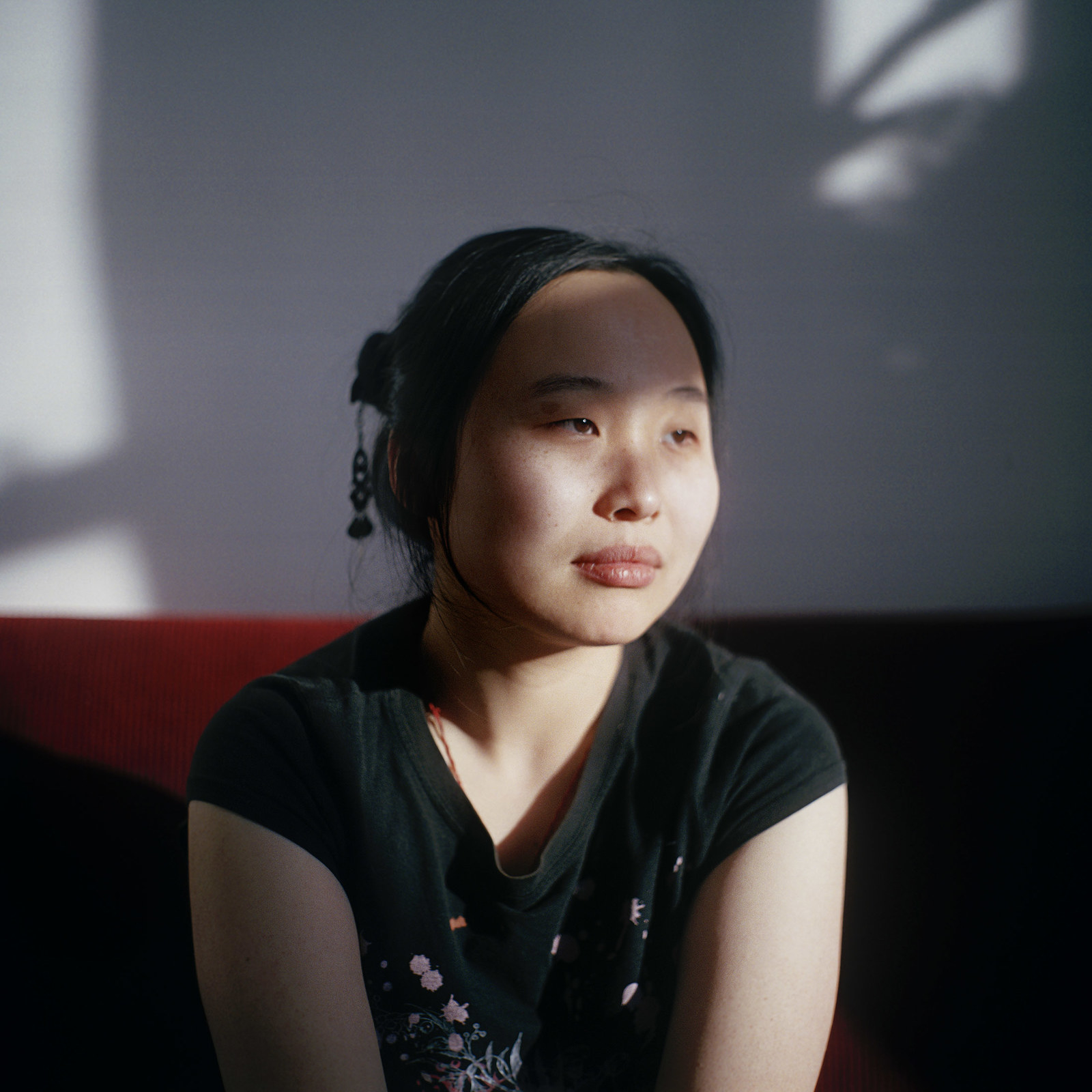“To me, asexuality is a sexual orientation, not a choice — it is the way you are.”
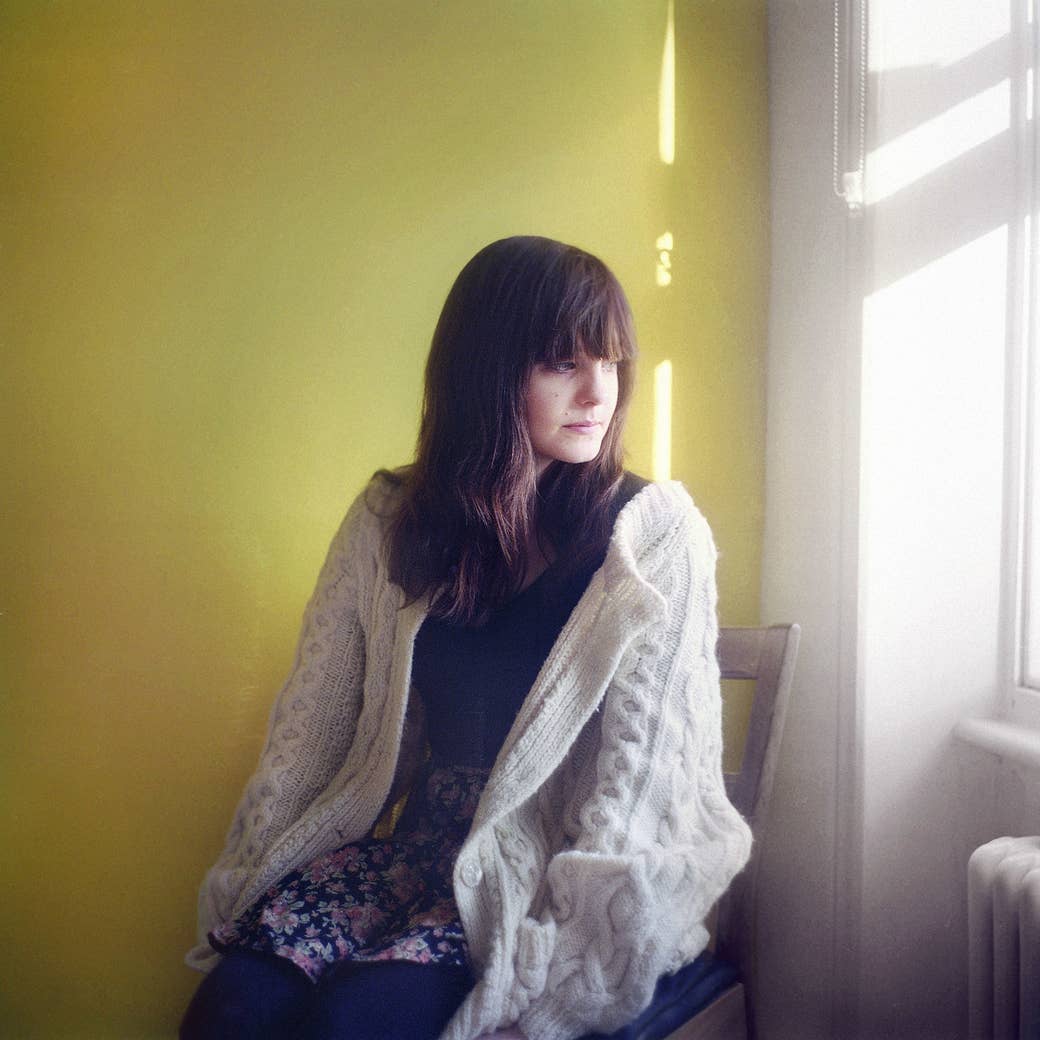
Laia Abril is a multiplatform artist from Barcelona whose work offers a visual for sensitive and at times deeply personal topics related to reproductive rights, mental health, and body image.
Her ongoing series Asexuals Project explores one facet of sexuality that is not often discussed on the spectrum of human relationships. Those who identify as asexual may be open to romance and platonic affection, but sexual desire is not a factor in those relationships. As with any aspect of sexuality, these individuals exist on a spectrum of emotional needs, and no single definition can or should be applicable.
Here, Abril shares with BuzzFeed News pictures and words from those who identify as asexual, as well as her thoughts on how the project has evolved since its beginnings.
Asexuals Project was originally born with the idea of visualizing part of the asexual community. When talking to the people around me who had never heard of the term, the question I was constantly asked was "What do they look like?" And of course, the answer is "like any person."
“It’s like appreciating a great old painting: We’d like to look at somebody, we’d like to say they are very physically attractive, but there is not sexuality in it.”
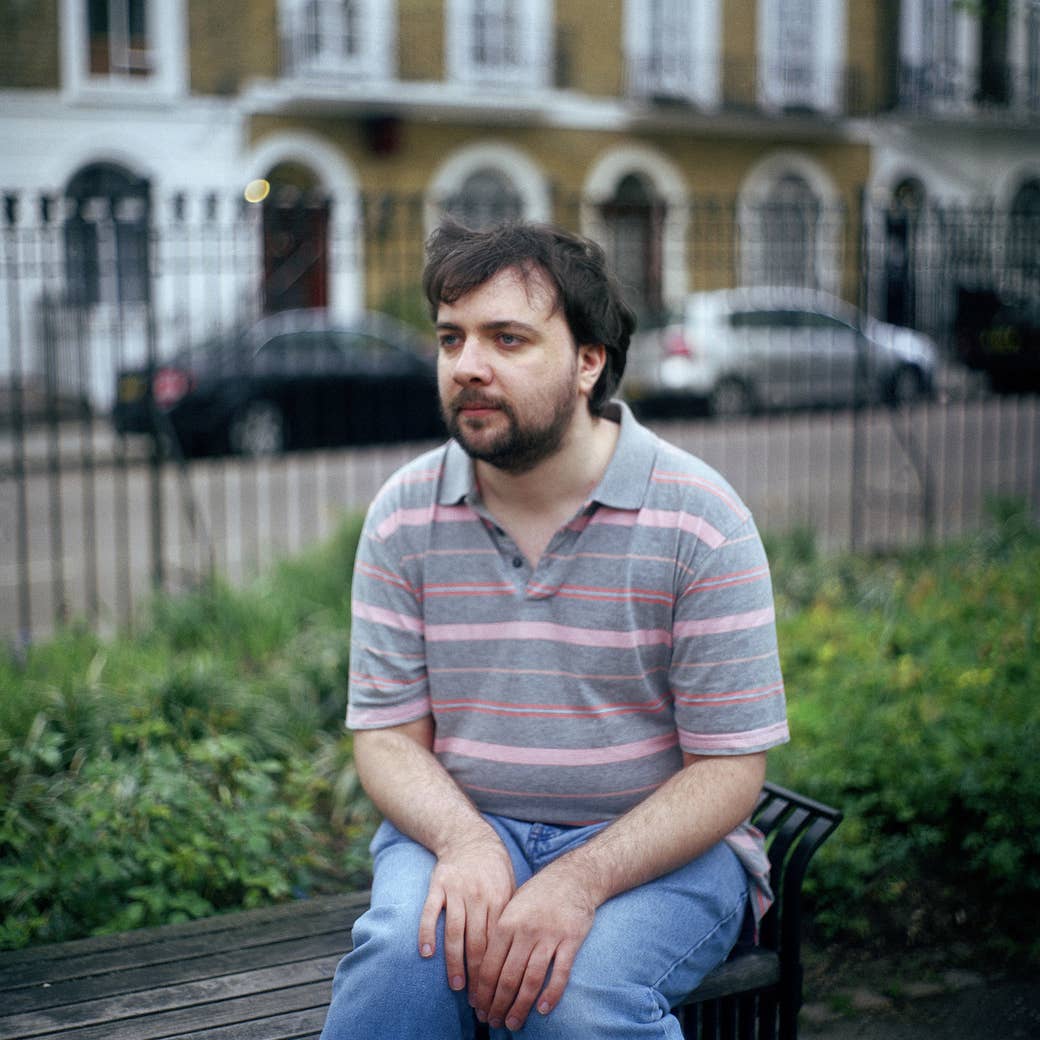
So my first goal was to show different ages, genders, and backgrounds. Once I was discovering more about this community and what it meant to be asexual, the idea was also to show the differences within the spectrum: gray-sexuality, demisexuality, aromantic, etc. — as well as the various stigmas that they have had to face along their personal journey.
I met most of my subjects online, where the community thrives. The Asexual Visibility and Education Network (AVEN) forums are a popular place to meet and connect, to discuss and grow, pose problems, and make themselves known, free of stereotypes. This is how I started working with the community in Italy, England, France, and finally in America.
"It's just been recently that the mental health community stopped calling it a disorder."
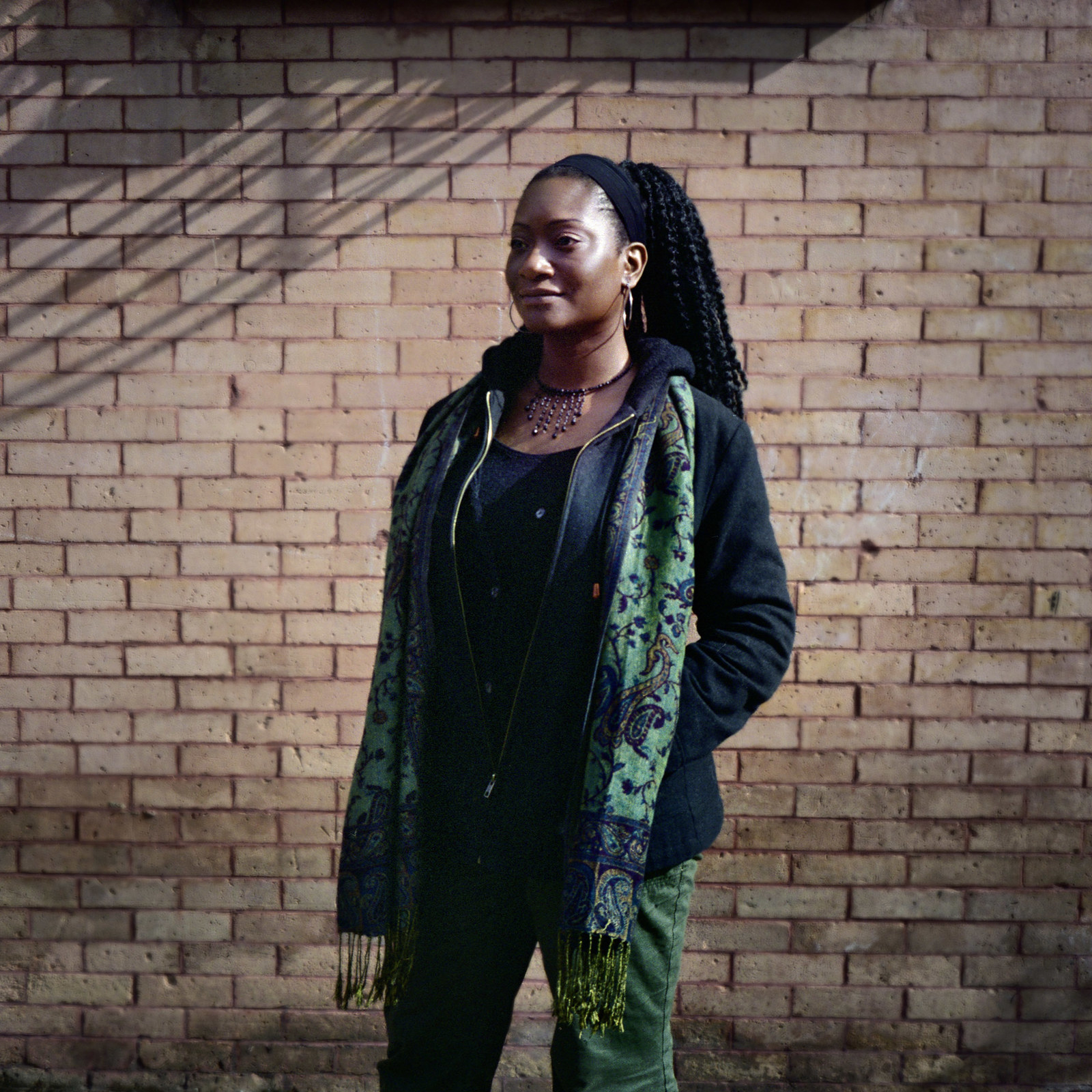
“When someone is hungry, they eat. When someone is not hungry, they don’t eat.”
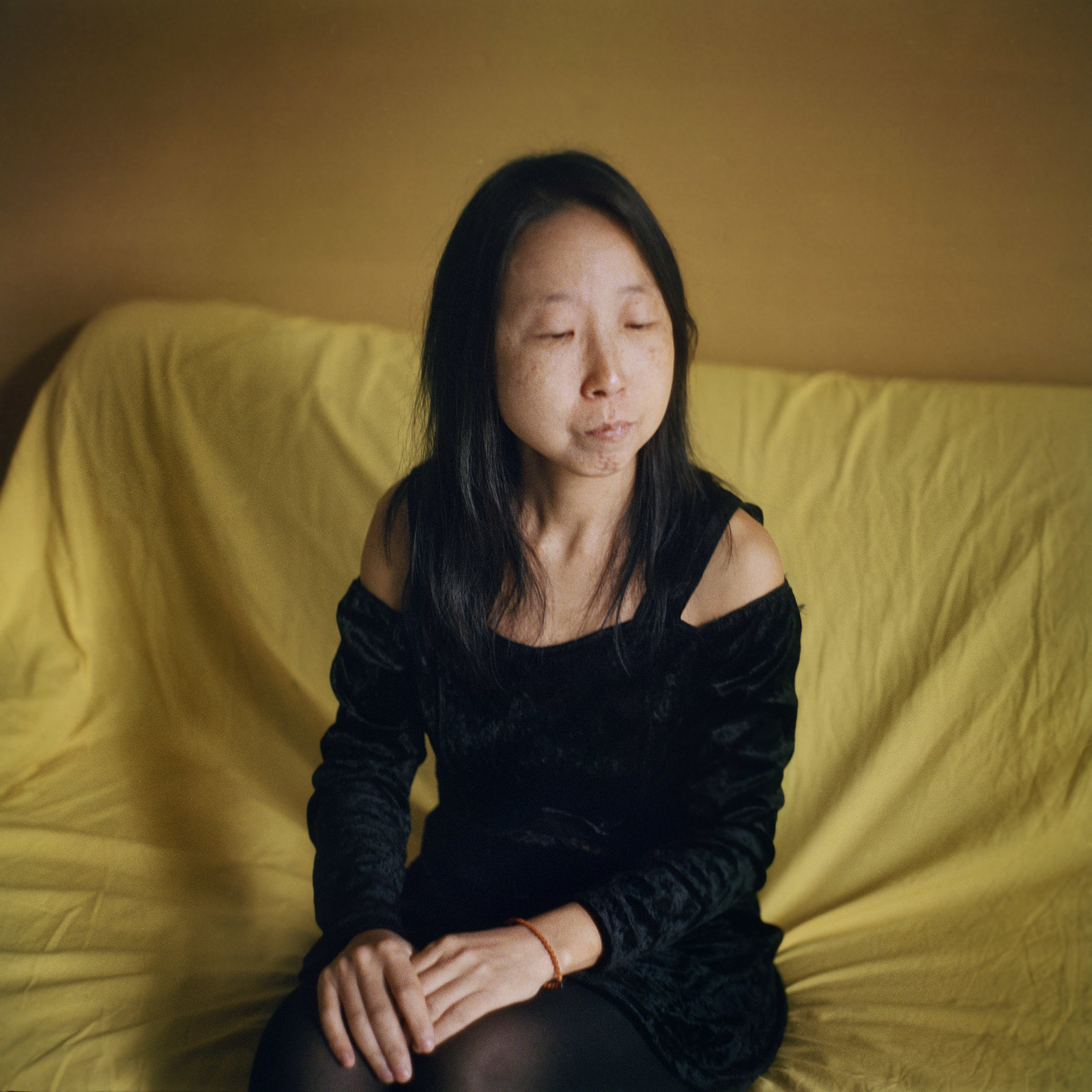
In the Spanish language there is a known problem with confusing sexual orientation with a physical condition; people think of a "problem" of libido or even genetics. Many people's first reaction tends to be prejudiced, often believing asexual people are gay or afraid of sex. Asexual people are often told, "Well, you haven't met the right person yet," or the absurd theory of the "magic penis" that eventually will come to "save them."
The reality is that sexuality is a spectrum and we all navigate within it in different ways. Asexual people also live their asexuality in an individual way. Each person is unique and we aren't entitled to have opinions on how they live it.
“Obviously, being asexual does not mean being impotent or being afraid of having sex.”
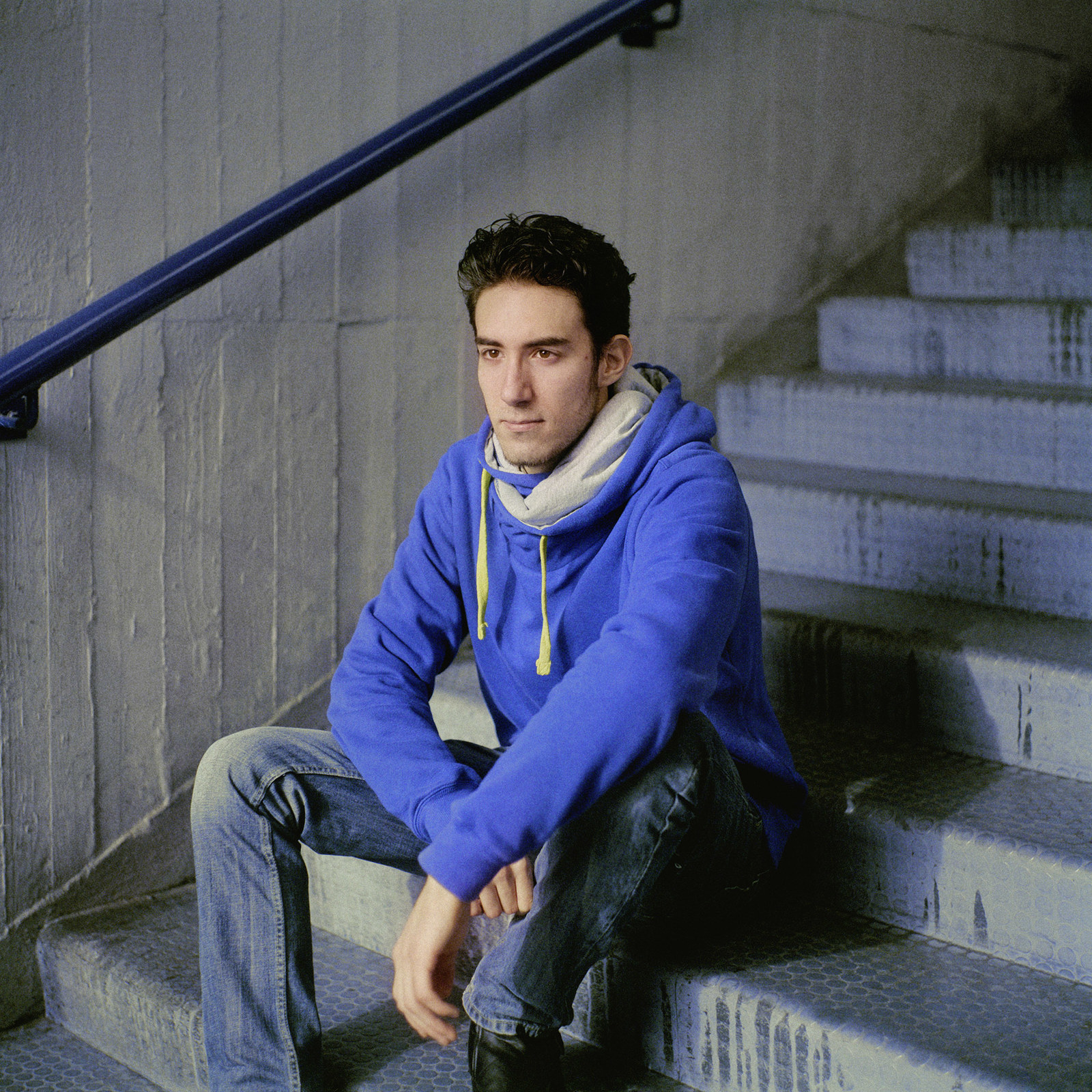
For me, it was enlightening to better understand the concept of romantic attraction separated from sexual attraction. I had to contextualize it again — my first encounter with the term "asexual" was eight years ago, and I was eight years younger. Beyond the sexual orientation — or lack of it — the concept of being able to have a partner without sexual attraction was totally new to me.
It was also one of the first times I heard about the concept of being gender neutral or gender fluid — which is not entirely connected with the sexual orientation concept, but several people in my project identify as this and was also eye-opening for me.
“Personally, I don’t feel anything — it’s not disgusting or disturbing. It’s like playing a game of cards or going for a walk.”

“I thought at 40, maybe I was frigid. But frigid women do not exist — these women are asexual!"
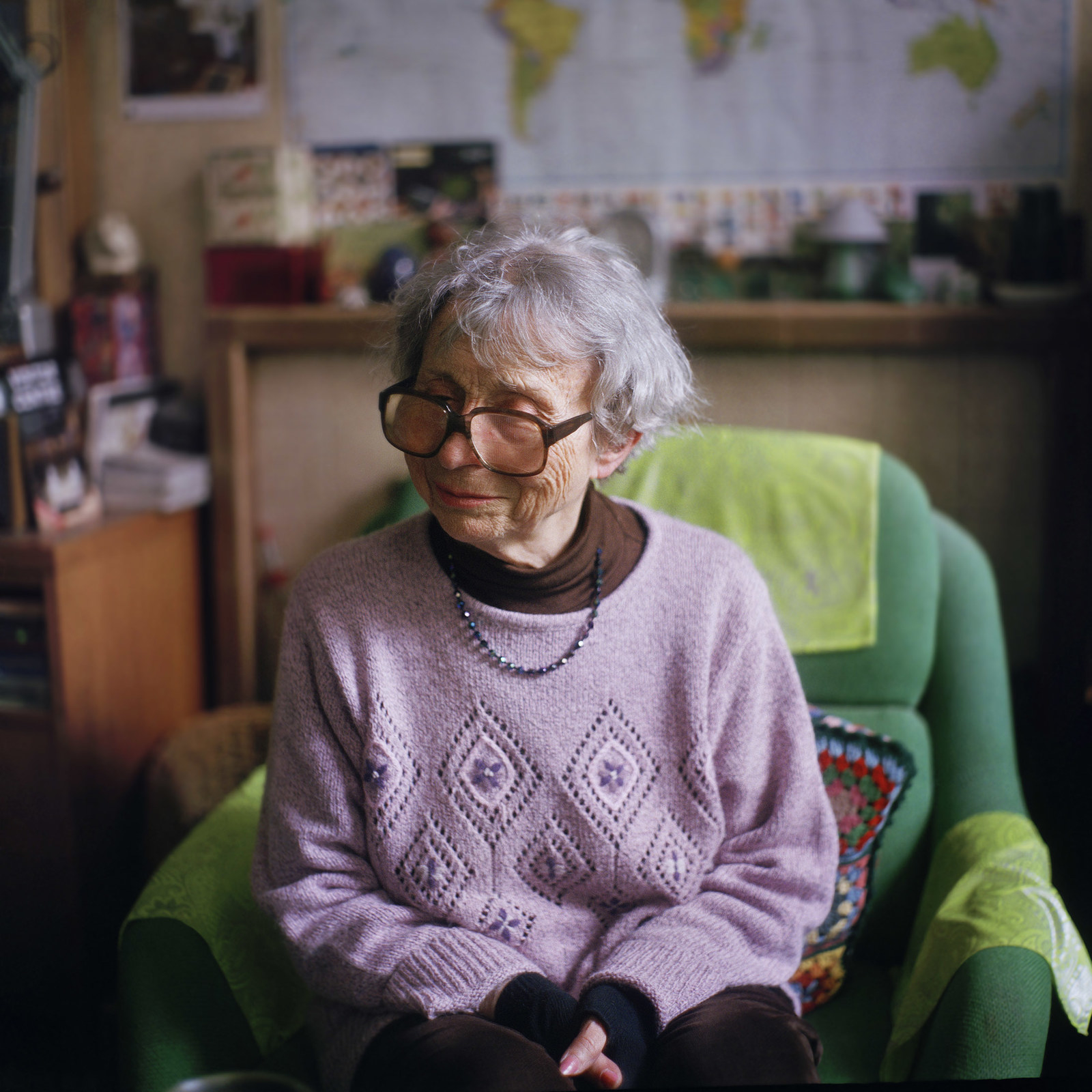
Lily's story is particularly powerful to me. She is over 80 years old and told me of the relief in being able to name what she was feeling — or what she didn't feel — and who she was. The importance of representation and, for her, identification was visible in her tearful eyes, explaining to what extent she had to survive the stigma of the "frigid" woman.
“There is much more to life than just sex.”
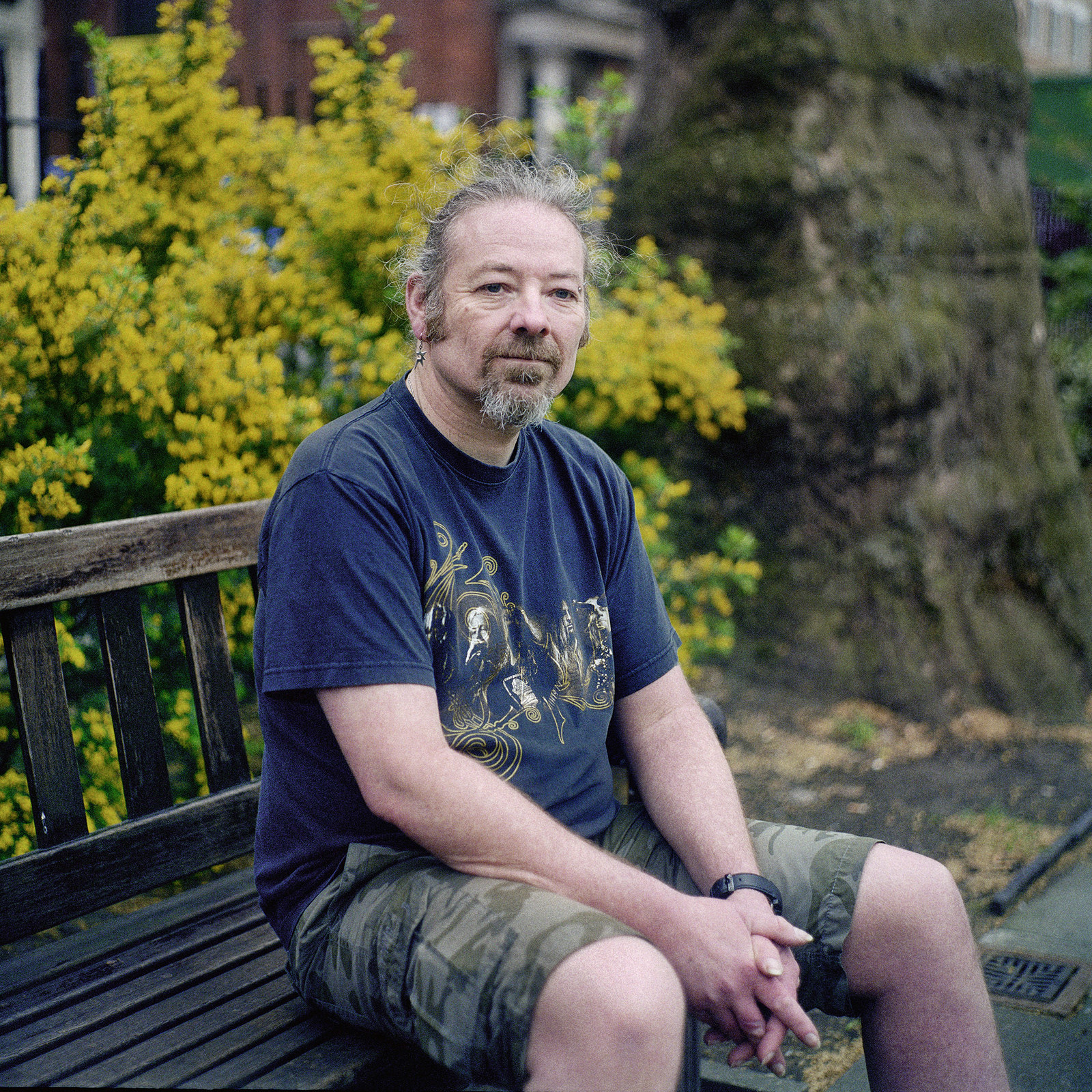
In this work, I want people to understand that asexual people are simply that — people. Any age, any gender, any background, any look, these are just people with a different sexual orientation, the one in which they are simply not attracted to anyone. Unless they are gray-sexual or demi-sexual, of course...I mentioned it is a spectrum before, right?
“Unfortunately, if you want to come out, you need an encyclopedia because people do not know what being asexual means.”
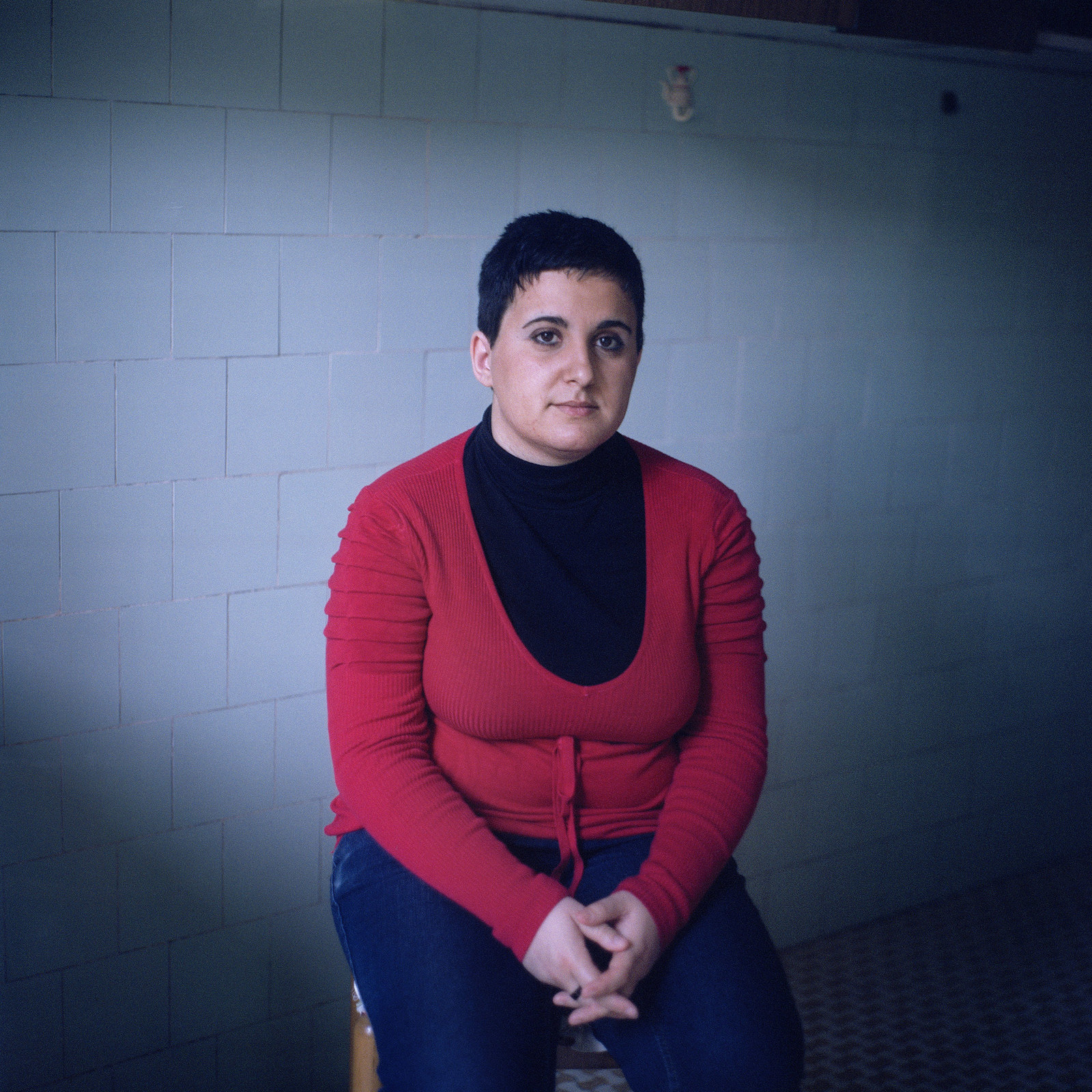
“I definitely don’t think I miss anything. I feel sex is a waste of time, but if people enjoy it, they should do whatever.”
